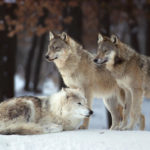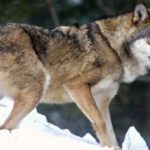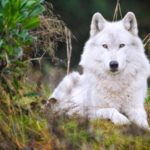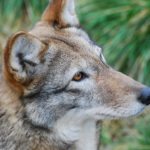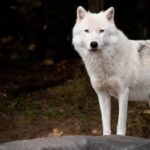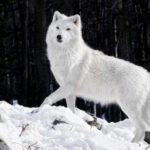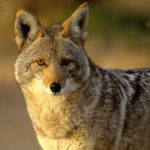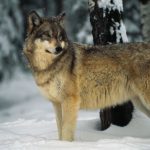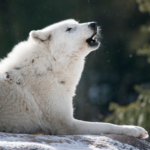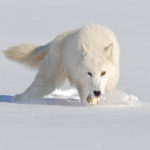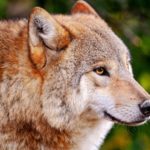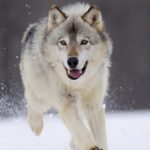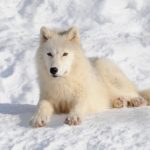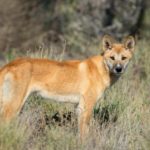Facts about wolves
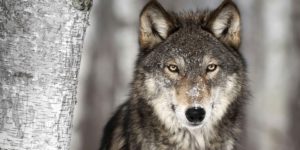 The wolf is the most mysterious animal of the living. His way of life and habits often lead people into perplexity, what kind of animal is this. A ferocious predator or a faithful and loyal member of his pack. Although a lot of legends and fairy tales are composed about the wolf, you can find out who he really is from research of scientists and their scientific robots. But in order not to spend a lot of time on a selection of suitable literature, we picked up 20 interesting facts that will help to find out who the wolf really is.
The wolf is the most mysterious animal of the living. His way of life and habits often lead people into perplexity, what kind of animal is this. A ferocious predator or a faithful and loyal member of his pack. Although a lot of legends and fairy tales are composed about the wolf, you can find out who he really is from research of scientists and their scientific robots. But in order not to spend a lot of time on a selection of suitable literature, we picked up 20 interesting facts that will help to find out who the wolf really is.
- The wolf’s brain is 30% larger than the dog’s, which means that the wolf is able to remember more information than its close relative.
- The leader of the pack always goes ahead of his pack with his tail raised high.
- The size of the animal in the swarm hierarchy is not as important as the character.
- The position of the wolf in the pack depends largely on self-confidence.
- Fur wolves consist of two layers, undercoat and upper hard hair. Undercoat does not allow moisture and warms the animal well in frost, while the upper one betrays color and performs a water repellent function.
- A flock is always headed by an alpha male and an alpha female.
- The lowest position in schools is occupied by omega, male and female with a milder character.
- The largest wolf was shot on the territory of Ukraine in the Poltava region. His weight was 86 kg.
- The color of wolves often corresponds to the places in which they live. For example, desert wolves have a color with a red tint, in the tundra – white, and in forest ranges from light gray, gray-brown to black.
- An elderly wolf in a pack is not always a leader, he can perform the role of omega.
- All cubs at birth have a blue eye color, but after 2-4 months the color of the pupils’ eyes changes and acquires a golden yellow color. Only in rare cases do wolves have blue eyes for life.
- Wolves have their own system of communication. They use howling, howling, whining, grumbling, growling, yapping, barking, and even different movements for communication.
- The wolf can run at a speed of 65 km / h and jump to a height of up to 5 meters.
- The offspring of the alpha female and the alpha male feeds and feeds the entire flock.
- Between neighboring wolf clans there are frequent skirmishes over the territory. In such battles, in the main, not the whole flock is killed, but only its leaders.
- The territory of one family occupies from 30 to 60 km².
- During the night, a wolf can travel a distance of 80 km.
- It is proved that the wolf has better mental abilities than a dog. Scientists of the Vienna Veterinary University conducted an experiment in which 15 puppies of pooch puppies and 14 cubs of six months old participated. All the animals participating in the experiment were demonstrated how a trained dog with the help of teeth and paws opens a wooden box with food. Then each puppy could try to cope with the same task himself. The result struck scientists, only 4 mongrels coped with the task, but all 14 cubs could open the box using the same techniques as the trained dog. The experiment proves that cubs are well remembered and able to learn.
- The largest wolf pack can consist of 40 individuals.
- In North America, wolves with black wool color are common. As established by scientists, this color is not typical for the wolf, this mutation was the result of crossing the wolf and the dog, which eventually led to the emergence of hybrids.
